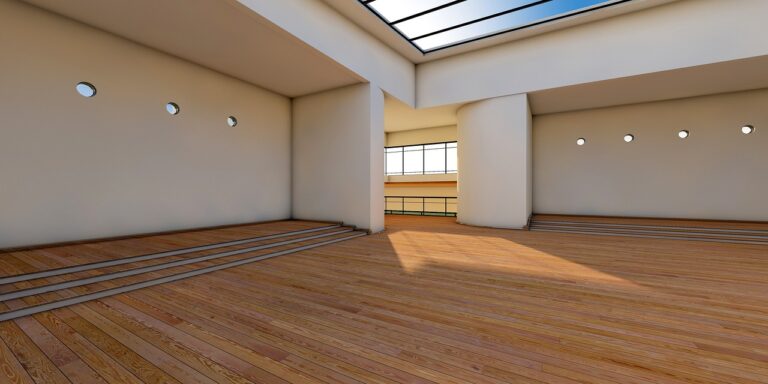Sustainable Living Communities: Embracing Eco-Friendly Practices in Residential Developments
Implementing eco-friendly practices in residential developments poses various challenges that developers and homeowners need to address. One major obstacle is the higher upfront cost associated with sustainable materials and technologies. While eco-friendly options may result in long-term savings, the initial investment can deter some individuals from incorporating these practices into their projects. Additionally, there may be limited availability of eco-friendly products in the market, making it challenging for developers to source materials that align with their sustainability goals.
Another challenge in implementing eco-friendly practices in residential developments is the lack of awareness and education among stakeholders. Many individuals may not fully understand the benefits of sustainable living or the negative impacts of traditional construction practices on the environment. Without adequate knowledge, it can be difficult to garner support for eco-friendly initiatives and encourage widespread adoption. Education and outreach efforts are essential to overcome this hurdle and promote the integration of eco-friendly practices in residential developments.
– Higher upfront cost of sustainable materials and technologies
– Limited availability of eco-friendly products in the market
– Lack of awareness and education among stakeholders
– Difficulty in garnering support for eco-friendly initiatives
– Importance of education and outreach efforts to promote sustainable living
Benefits of Sustainable Living Communities
Living in a sustainable community offers a myriad of advantages to its residents. One of the key benefits is the decreased environmental impact associated with sustainable practices such as recycling, energy conservation, and water efficiency. These practices help reduce overall carbon footprint and promote a cleaner, healthier environment for everyone.
Furthermore, sustainable living communities often foster a strong sense of community involvement and social cohesion among residents. Shared values and goals towards environmental stewardship create a bond among neighbors, leading to a supportive and collaborative environment. This sense of community can enhance overall well-being and quality of life for individuals living in sustainable communities.
Innovative Green Technologies for Residential Developments
Green technologies are rapidly gaining traction in residential developments as more developers and homeowners seek sustainable solutions. One innovative technology making waves is the use of solar panels to harness renewable energy for heating and electricity. By installing solar panels on roofs or in common areas, residential properties can significantly reduce their reliance on traditional power sources and lower their carbon footprint.
Another promising green technology for residential developments is the integration of smart home systems. These systems allow homeowners to monitor and control energy usage, lighting, temperature, and even security remotely through connected devices. By optimizing energy consumption and improving overall efficiency, smart home technologies not only enhance convenience but also contribute to a greener and more sustainable living environment.
What are some common challenges in implementing eco-friendly practices in residential developments?
Some common challenges include high initial costs, resistance to change from traditional building methods, and lack of awareness about the benefits of sustainable living.
What are the benefits of sustainable living communities?
Sustainable living communities offer lower utility bills, improved indoor air quality, reduced carbon footprint, and a healthier living environment for residents.
What are some innovative green technologies that can be used in residential developments?
Some innovative green technologies include solar panels for renewable energy, green roofs for natural insulation, rainwater harvesting systems, and smart home automation for energy efficiency.







